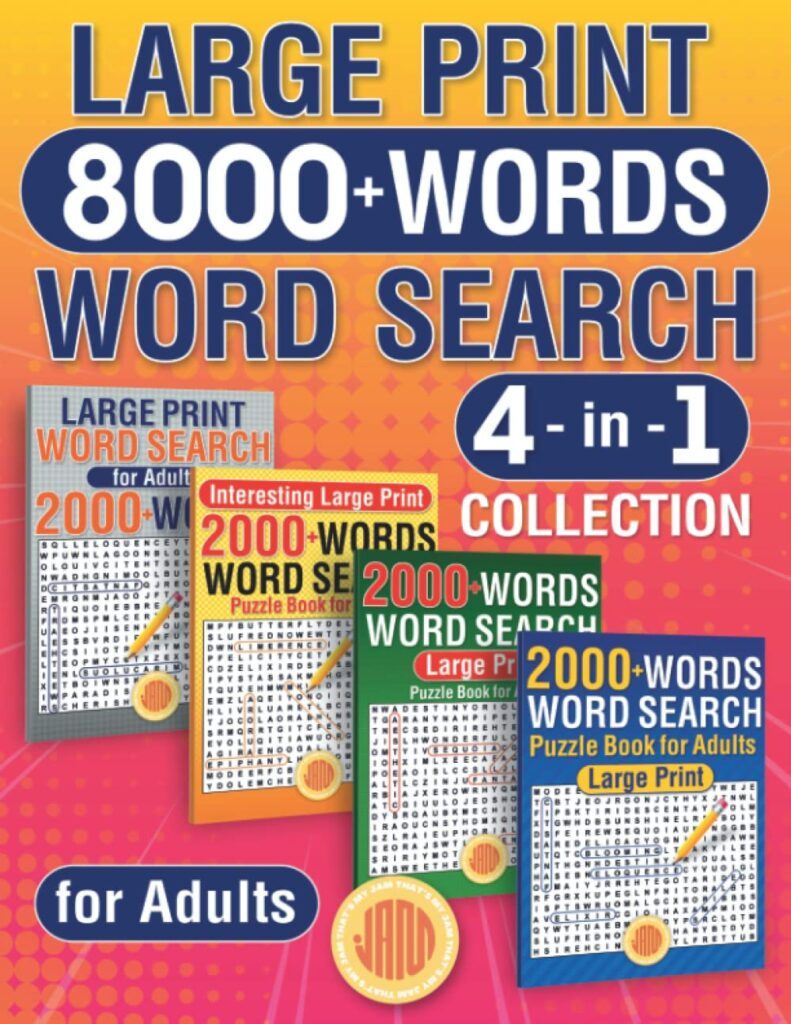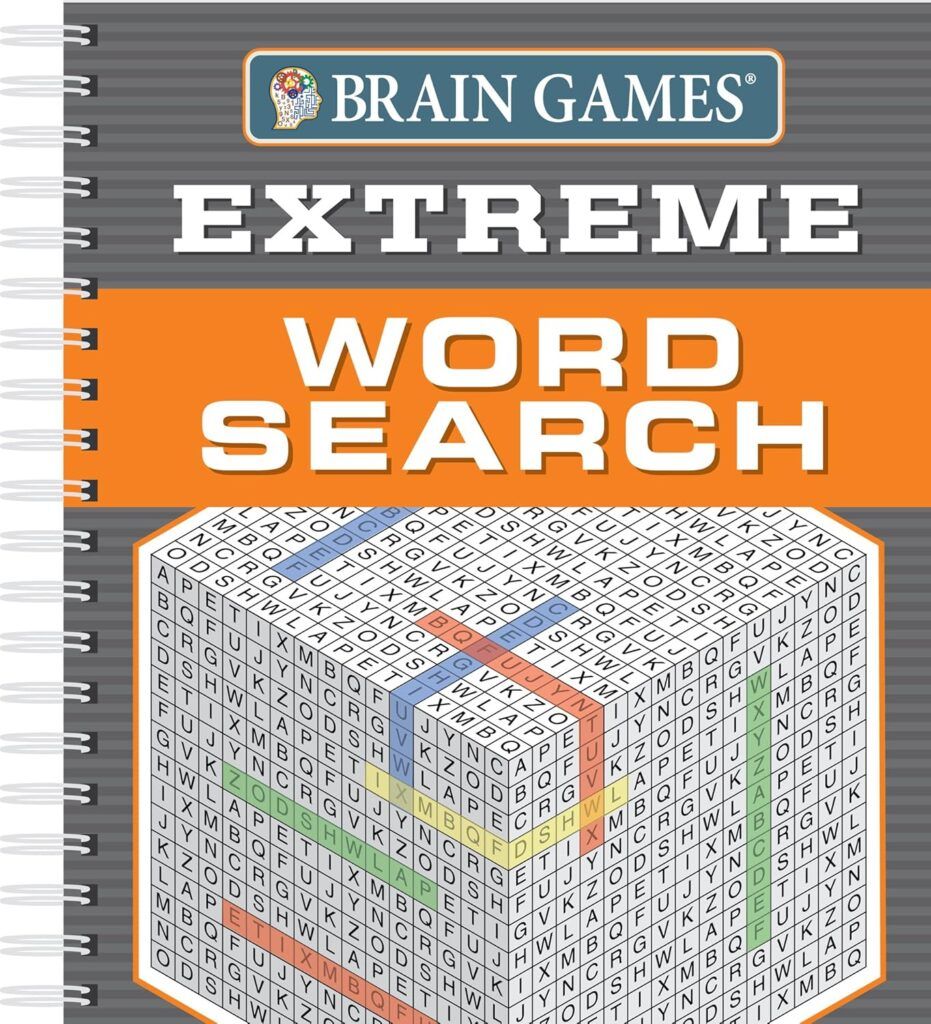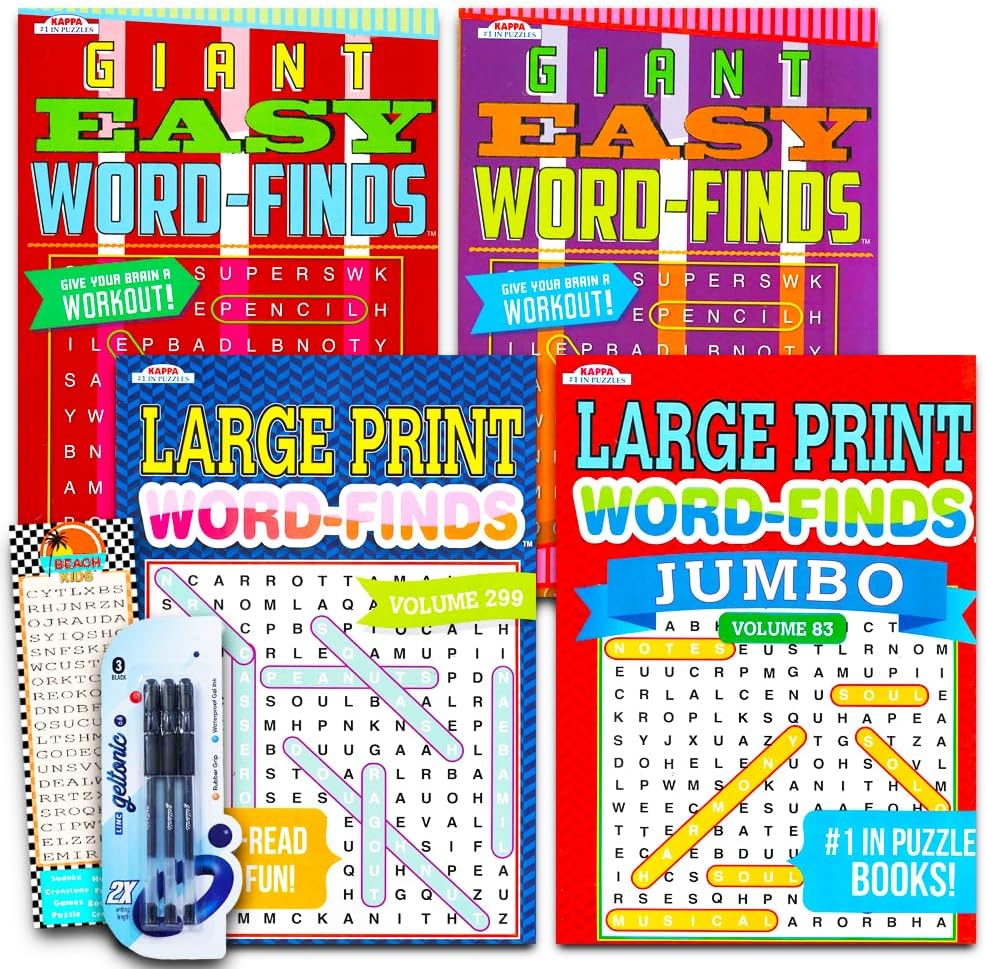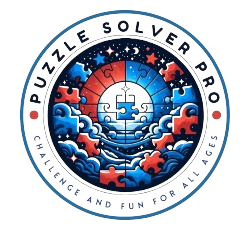
Few puzzles offer the perfect blend of simplicity and challenge quite like a good word search. Whether you’re passing time on a road trip, enjoying a relaxing moment with coffee, or looking for a fun classroom activity, word search puzzles fit the bill. They stimulate the brain, improve pattern recognition, and offer an engaging way to build vocabulary.
In this article, we’ll explore the appeal of word search puzzles, provide expert tips on how to solve them faster and more efficiently, highlight some excellent free resources, and share five of the best word search books you can find on Amazon today.
The Enduring Appeal of Word Search Puzzles
Word search puzzles are a staple of puzzle books, newspapers, mobile apps, and educational worksheets. Their popularity stems from a few key traits:
- Simplicity: No elaborate rules or instructions, just find the hidden words.
- Accessibility: Great for all ages, from young children to seniors.
- Educational Value: Reinforces spelling, vocabulary, and visual acuity.
- Portability: Can be printed or played digitally almost anywhere.
They’re also ideal for social settings. Word search races and cooperative solving make them perfect for classrooms, family nights, or even as a relaxing activity during a camping trip.
Tips for Solving Word Search Puzzles Like a Pro
Even though word searches are relatively straightforward, a few strategies can dramatically improve your solving speed and accuracy. Here are some expert-level tips:
1. Scan the Grid Horizontally and Vertically First
Start by scanning the puzzle left to right and top to bottom. This is the most natural way our eyes move when reading, so it’s the easiest direction in which to spot familiar word patterns. Focus on the first and last letters of each word from your list and visually sweep each line to look for matches. These directions are also the most common placement in beginner or general-themed puzzles, so it’s often where you’ll get a few quick wins right away—giving you momentum and confidence as you progress.
Once you complete your horizontal and vertical sweeps, you’ll already have a good portion of the puzzle done—or at the very least, a solid visual overview of how the grid is laid out. This helps prime your mind for recognizing more complex placements like diagonals or backwards words later.
2. Highlight Unusual Letter Combinations
Words containing uncommon letters such as Q, X, Z, and J stand out more easily in a sea of common characters. Before scanning randomly, study your word list and note the ones with these distinctive letters. Then scan the puzzle just for those characters. When you find one, check the surrounding letters to see if they begin forming any of your listed words.
This targeted approach narrows your focus and speeds up discovery—especially useful in larger grids where searching every word one by one becomes overwhelming. Think of it as scanning for beacons rather than combing through every square inch.
3. Look for Word Shapes
Even when the exact letters aren’t immediately visible, your brain can often detect the general shape of a word, especially longer ones. For example, the word “elephant” might create a downward staircase pattern if placed diagonally. Familiarizing yourself with the rough “length” and shape of the words you’re looking for can trigger your visual memory and pattern recognition instincts.
If you’re solving digitally, your mind can process visual blocks more quickly than individual letters. On paper, tracing with your eyes or a pencil slowly along lines may help make that word shape pop out. Over time, recognizing these shapes becomes almost instinctive and is one of the quickest ways to boost your solving skills.
4. Circle and Eliminate
Each time you find a word, immediately circle or highlight it in the grid and cross it off your word list. This keeps your visual field clean and helps you avoid wasting time re-searching for words you’ve already found. It also reduces cognitive load, allowing your brain to focus on what remains rather than juggling what’s done.
Some solvers like to use different colors for different word directions or themes, which can help you notice patterns or gaps. Plus, crossing words off creates a satisfying sense of progress that keeps motivation high as you close in on the last few hidden words.
5. Use a Highlighter (Digital or Physical)
A bright, contrasting highlighter helps you instantly recognize what’s already found. If you’re solving on paper, using a yellow or orange highlighter keeps things easy to read while still drawing attention to completed words. On digital platforms, many apps let you tap and highlight in various colors—use this to your advantage.
Highlighting not only helps keep track of your progress visually, but it also brings some extra enjoyment to the process. A highlighted puzzle feels like a work of art in progress—and as more color fills the grid, the sense of accomplishment builds.
6. Work in Sections
Rather than bouncing randomly from one end of the puzzle to the other, divide the grid into logical sections: top left, top right, bottom left, bottom right, and center. Focus on searching each area thoroughly for any words, and only move on after scanning the entire section. This systematic method reduces the chance of overlooking words and keeps you from missing hidden terms hiding in plain sight.
You can also pair this approach with partial word lists—search for five words in each section, then move to the next. This prevents the overwhelming feeling that can come from trying to find too many words at once in a large grid.
7. Reverse Your Thinking
After checking for all words in the typical left-to-right or top-to-bottom directions, switch your mental gears and search backward—right to left, bottom to top, and diagonal reversals. It takes a bit more concentration because it goes against how we naturally read, but it opens up new ways of seeing the puzzle and is essential in more advanced or trickier puzzles.
If you’re solving a challenging puzzle and feel stuck, try flipping the whole page upside down or looking at the screen from a different angle. This forces your brain out of its usual rhythm and can help illuminate words that your brain had been skipping over.
8. Take Breaks
Sometimes, the best way to find a hard-to-see word is to walk away for a few minutes. Mental fatigue sets in quickly during word searches, especially when you’re fixated on a particularly elusive word. A short break—just a walk around the house, a drink of water, or switching to another task—can refresh your eyes and mind.
When you return, your brain is in a more relaxed, receptive mode and you may spot that missing word in seconds. Puzzle solving is as much about pacing and mindset as it is about strategy. Don’t be afraid to hit pause—it’s often the fastest path forward.
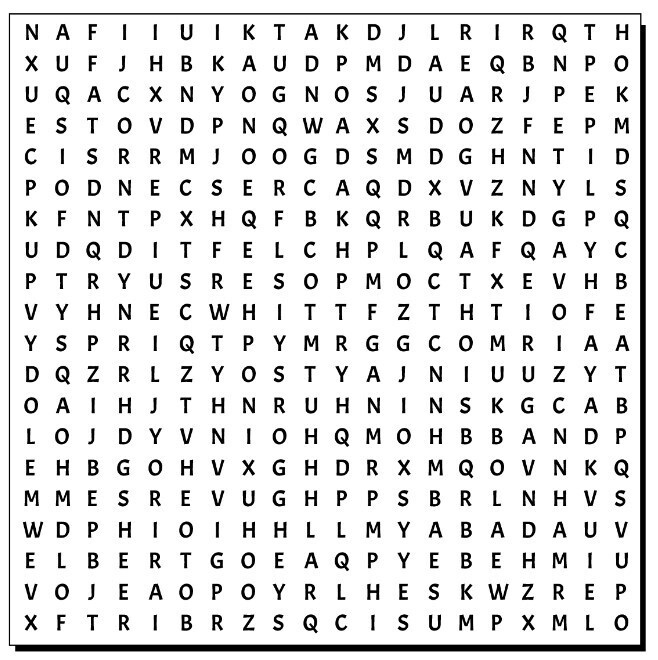
Free Word Search Resources
There are plenty of excellent free resources online that offer printable or interactive word search puzzles for every age and interest. Here are a few of the best:
1. Puzzle-Maker.com
https://puzzle-maker.com
Create your own custom word searches for free. Perfect for teachers, parents, or themed puzzle nights.
2. The Word Search on Puzzle Baron
https://www.puzzlebaron.com
High-quality interactive word searches with timer challenges and themed puzzles.
3. Education.com Word Search Generator
https://www.education.com/worksheet-generator/reading/word-search/
A great tool for educators. Generate curriculum-specific word searches with ease.
4. Word Search Addict
https://wordsearchaddict.com
Offers hundreds of themed puzzles—everything from sports and holidays to animals and famous landmarks.
The 5 Best Word Search Books on Amazon
If you love solving puzzles on the go or are looking for a thoughtful gift for a fellow puzzler, word search books are an excellent choice. Here are five of the best-reviewed and top-selling word search books currently on Amazon:
1. Large Print 8000+ Words Word Search 4 in 1 Collection
2. Brain Games – Word Search (Large Print – Spiral Bound)
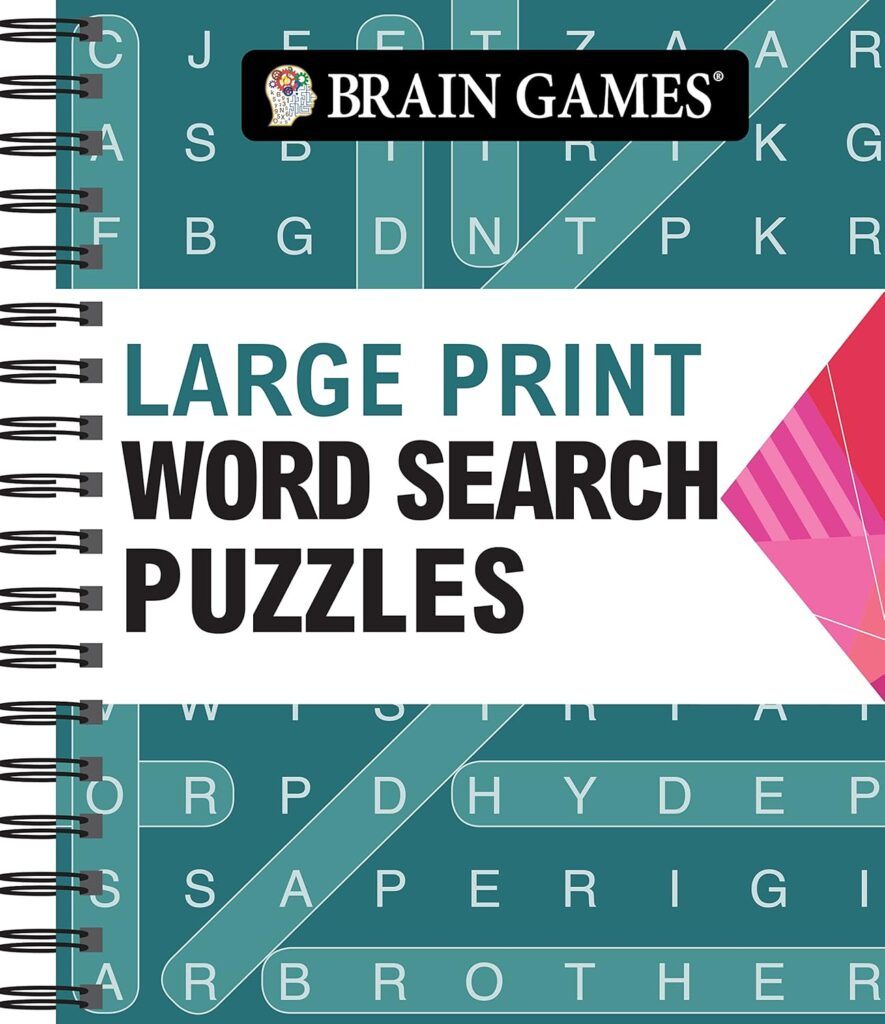
3. Large Print Word Search Puzzles: Over 200 Puzzles for Adults
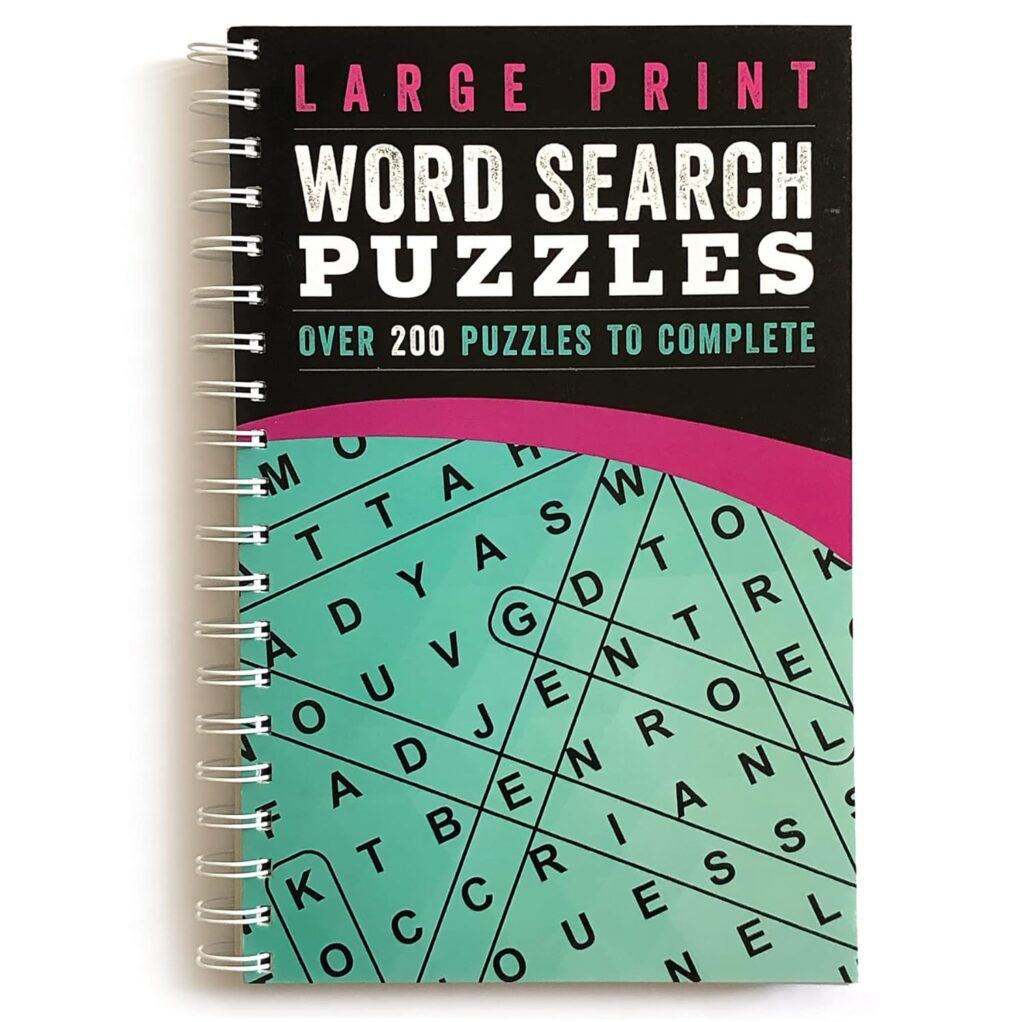
4. Brain Games – Extreme Word Search
5. Word Find Puzzle Books for Adults Seniors – Set of 4
Why Word Search Puzzles Deserve a Spot in Your Daily Routine
Beyond pure enjoyment, word search puzzles have some unexpected benefits. They engage both sides of the brain, promote mindfulness, and can even delay cognitive decline in older adults. For children, they help reinforce spelling, vocabulary, and concentration.
They’re also low-tech and portable, offering a nice break from screens. Whether you’re relaxing at home or camping in the Rockies (as I’ll be doing soon!), word search puzzles are the perfect travel companion.
Final Thoughts
Word search puzzles are far more than just a way to pass time—they’re an accessible, engaging, and beneficial brain exercise for all ages. Whether you’re a casual solver or a puzzle fanatic, there’s always another themed grid waiting to be explored.
From free online tools to high-quality puzzle books, the resources for word search fun are virtually endless. Try incorporating them into your daily routine or family game night, and you’ll quickly discover their enduring charm.
And if you’re ever looking for more puzzle-solving tips, reviews, or unique challenges, be sure to explore more on Puzzle Solver Pro—where puzzling is always in season.
Related Articles:
Follow us on Facebook, Instagram, YouTube and Pinterest for more articles, tips, tricks and giveaways!
PuzzleSolverPro is reader-supported. When you buy via links on our site, we may earn an affiliate commission at no extra cost to you. It’s a simple way you can support our mission to bring you quality content.

